Related Research Articles
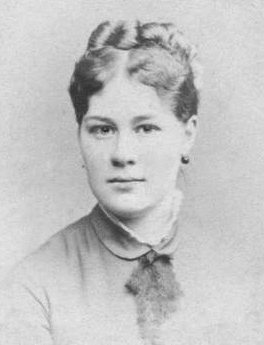
Eliza Cecilia Beaux was an American artist and the first woman to teach art at the Pennsylvania Academy of the Fine Arts. Known for her elegant and sensitive portraits of friends, relatives, and Gilded Age patrons, Beaux painted many famous subjects including First Lady Edith Roosevelt, Admiral Sir David Beatty and Georges Clemenceau.

Thomas Cowperthwait Eakins was an American realist painter, photographer, sculptor, and fine arts educator. He is widely acknowledged to be one of the most important American artists.

Rembrandt Peale was an American artist and museum keeper. A prolific portrait painter, he was especially acclaimed for his likenesses of presidents George Washington and Thomas Jefferson. Peale's style was influenced by French neoclassicism after a stay in Paris in his early thirties.
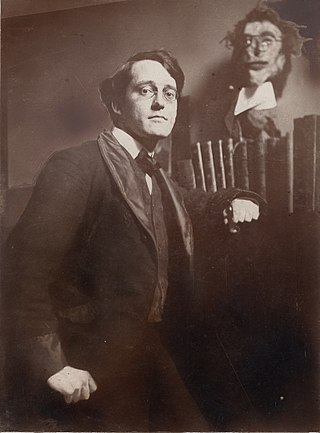
John French Sloan was an American painter and etcher. He is considered to be one of the founders of the Ashcan school of American art. He was also a member of the group known as The Eight. He is best known for his urban genre scenes and ability to capture the essence of neighborhood life in New York City, often observed through his Chelsea studio window. Sloan has been called the premier artist of the Ashcan School, and also a realist painter who embraced the principles of Socialism, though he himself disassociated his art from his politics.

The Pennsylvania Academy of the Fine Arts (PAFA) is a museum and private art school in Philadelphia, Pennsylvania. It was founded in 1805 and is the first and oldest art museum and art school in the United States.
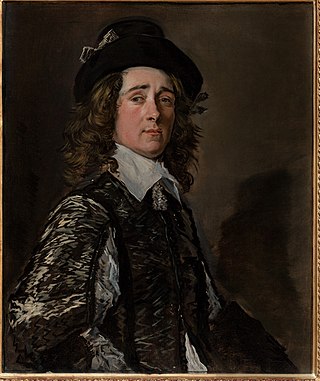
Wet-on-wet, or alla prima, direct painting or au premier coup, is a painting technique in which layers of wet paint are applied to previously administered layers of wet paint. Used mostly in oil painting, the technique requires a fast way of working, because the work has to be finished before the first layers have dried.
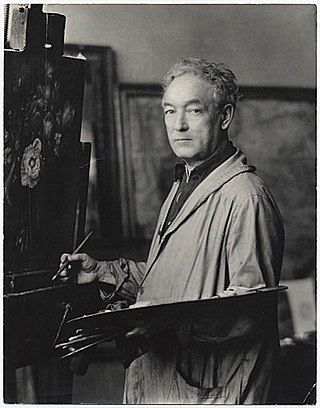
William James Glackens was an American realist painter and one of the founders of the Ashcan School, which rejected the formal boundaries of artistic beauty laid down by the conservative National Academy of Design. He is also known for his work in helping Albert C. Barnes to acquire the European paintings that form the nucleus of the famed Barnes Foundation in Philadelphia. His dark-hued, vibrantly painted street scenes and depictions of daily life in pre-WW I New York and Paris first established his reputation as a major artist. His later work was brighter in tone and showed the strong influence of Renoir. During much of his career as a painter, Glackens also worked as an illustrator for newspapers and magazines in Philadelphia and New York City.

Theresa Ferber Bernstein-Meyerowitz was an American artist, writer, and supercentenarian born in Kraków, in what is now Poland, and raised in Philadelphia. She received her art training in Philadelphia and New York City. Over the course of nearly a century, she produced hundreds of paintings and other artwork, plus several books and journals.
Bo Bartlett is an American realist painter, working in Columbus, Georgia and Wheaton Island, Maine.

Anna Claypoole Peale was an American painter who specialized in portrait miniatures on ivory and still lifes. She and her sister, Sarah Miriam Peale, were the first women elected academicians of the Pennsylvania Academy of the Fine Arts.
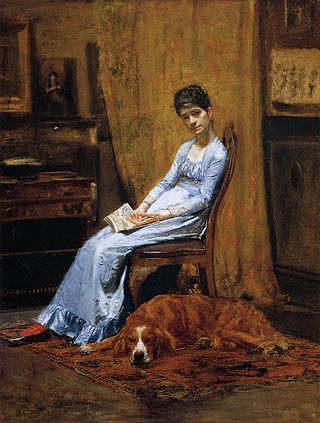
Susan Hannah Eakins was an American painter and photographer. Her works were first shown at the Pennsylvania Academy of the Fine Arts, where she was a student. She won the Mary Smith Prize there in 1879 and the Charles Toppan prize in 1882.

Sarah Miriam Peale was an American portrait painter, considered the first American woman to succeed as a professional artist. One of a family of artists of whom her uncle Charles Willson Peale was the most illustrious, Sarah Peale painted portraits mainly of Maryland, Pennsylvania, and Washington, D.C. notables, politicians, and military figures. Lafayette sat for her four times.

John Nelson Shanks was an American artist and painter. His best known works include his portrait of Diana, Princess of Wales, first shown at Hirschl & Adler Gallery in New York City, April 24 to June 28, 1996, and the portrait of president Bill Clinton for the National Portrait Gallery.

Margaretta Angelica Peale was an American painter, one of the Peale family of artists. The daughter of James Peale, she was the sister of Sarah, Anna, and Maria Peale. Born in Philadelphia, Pennsylvania, she was taught by her father, and painted primarily still lifes, some of which were copies of his work.
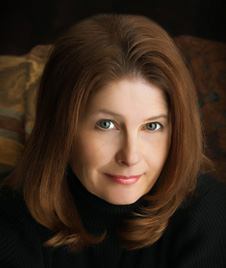
Lyndall Bass is an American realist painter and teacher who primarily paints still lifes, flower paintings and symbolist figure paintings. She lives and works in Santa Fe, New Mexico. She is the designer of the current reverse of the Lincoln cent, which has been in use since 2010.
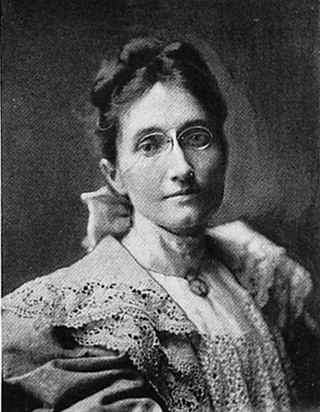
Alice Barber Stephens was an American painter and engraver, best remembered for her illustrations. Her work regularly appeared in magazines such as Scribner's Monthly, Harper's Weekly, and The Ladies Home Journal.

Elizabeth Wentworth Roberts was an American painter who lived and worked in Philadelphia, Pennsylvania, Paris, and Concord, Massachusetts. She established the Jennie Sesnan Gold Medal at the Pennsylvania Academy of the Fine Arts, where she had studied and won the Mary Smith Prize. She also studied in Paris at Académie Julian and Florence. In Massachusetts, Roberts founded and funded the Concord Art Association.
Ethel V. Ashton was an American artist who primarily worked in Philadelphia, Pennsylvania. She was both a subject of noted artist Alice Neel and a portraitist of Neel. Her early works reflect the influence of Ashcan realism focused primarily on portrait painting. She was commissioned to work on the Works Progress Administration's post office mural project and has works hanging in the permanent collections of several prominent museums. By the mid-1950s she worked with abstract concepts and through the end of the civil rights era, her works synthesize both abstract and realism. She also served as the librarian of the Pennsylvania Academy of the Fine Arts from 1957 into the early 1970s.
Alex Kanevsky is a painter currently based in New Hampshire. His works combine abstraction and figuration in multilayered portraits that capture movement and the constant flow of time, resisting adherence to a single moment. Kanevsky's work is rooted in the artistic traditions of Eastern Europe, where he grew up, and the United States, where he now lives.
Barclay Lawrence Rubincam was an American artist who painted mostly in a regionalist style. He specialized in natural and historical scenes of his native Chester County, Pennsylvania. His art is held in the permanent collections of the Pennsylvania Museum of Art, the Brandywine Museum of Art, and the Chester County History Center.
References
- 1 2 "Rachel Constantine, "Self Portrait with a Man" (2010)". Pennsylvania Academy of the Fine Arts. 5 February 2019. Retrieved 7 February 2022.
- ↑ "Philly Artists Who Will Make You Rich," (2009, November). Philadelphia Magazine, p. 36.
- ↑ Newhall, Edith (February 7, 2010). "Photo collages with shifting patterns of rhythmic motion". The Philadelphia Inquirer . pp. H04. Retrieved 2025-01-15– via Newspapers.com.
- ↑ "Rachel Constantine". ArtNet. Retrieved 7 February 2022.
- 1 2 3 Gury, Al (2008). Alla Prima: A Contemporary Guide to Traditional Direct Painting . Random House. ISBN 9780823098347.
- ↑ "American Art Collector," (2013, November). Beyond the Surface, p. 156.